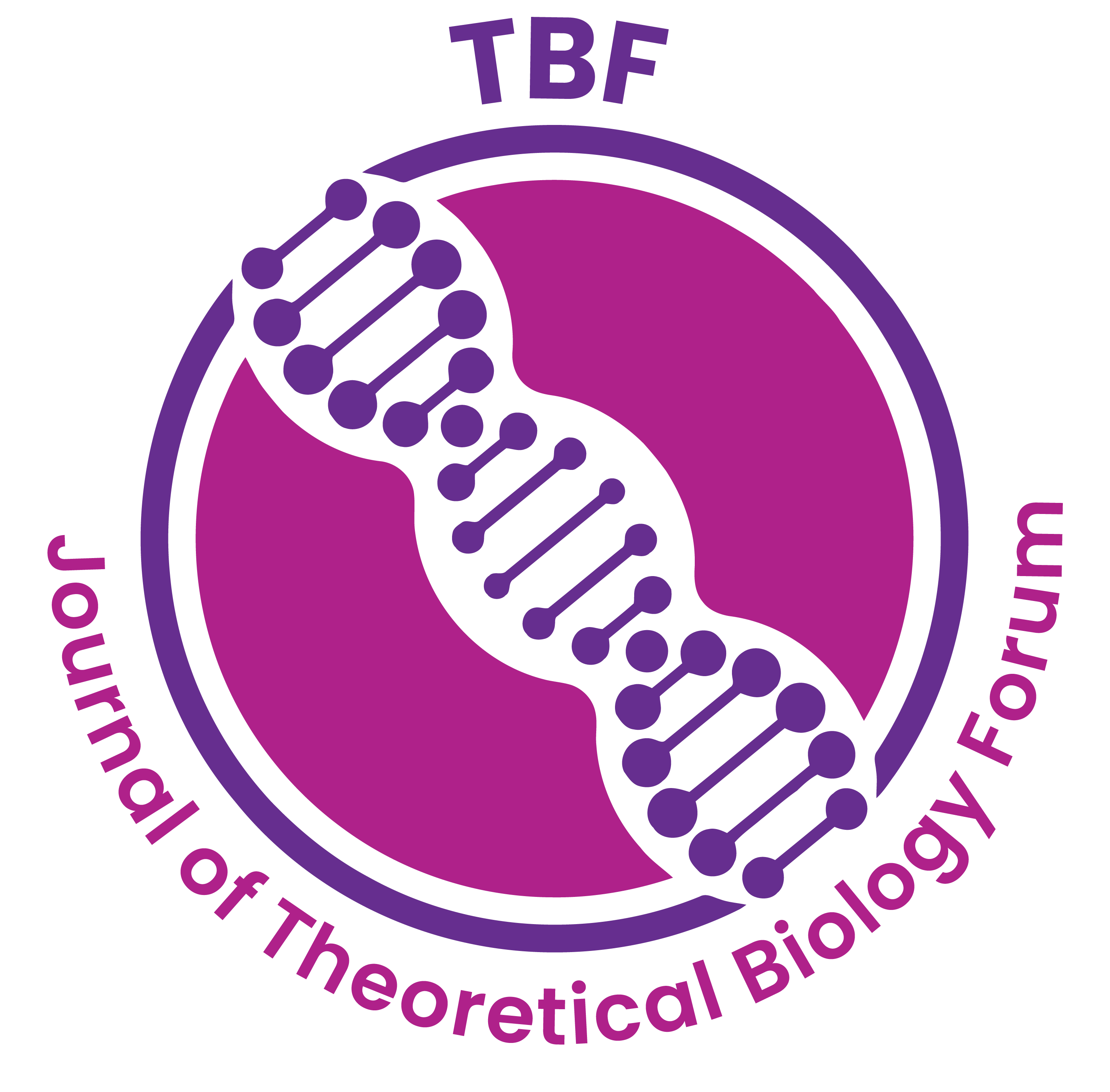Chromium: in Soil, Plant, Animal, and Human
B.S. Dwivedi1 , Risikesh Thakur2 , Anay Rawat3 , R. K. Tiwari4 , Anil Nagwanshi5 , Jagannath Pathak6 , B. K. Dixit7 , S. Sarvade8
Abstract:
Chromium (Cr) occurs naturally as chromite in ultramafic (FeCr2O4) and serpentine rocks or complexed with other metals like crocoite (PbCrO4), bentorite Ca6 (Cr, Al)2 (SO4)3 (OH)12 26H2O, tarapacaite (K2CrO4) and vauquelinite [CuPb2 (CrO4) (PO4) OH] among others. Cr is an essential element in rats and humans. Research studies mainly focused on the relationship of Cr with diabetes mellitus. However, the evidence supporting an anti-diabetic role of Cr appeared strong and it is still far from definitive. Trivalent Cr (III) and hexavalent Cr (VI) are the two main forms of chromium. Of these, Cr (III) is the most stable oxidation state found in living organisms but is unable to cross the cell wall membranes easily. It complexed with certain organic ligands such as picolinic acid, which, allowed Cr (III) to be readily absorbed by cell membranes. The hexavalent Cr (VI) has long been known to be toxic and carcinogenic. In the 19th century, Scottish workers handled hexavalent chromium and found the result of nose cancers. Later reports in Germany in the 1930’s a high incidence of lung cancer in workers exposed to hexavalent Cr (VI). Cr is widely used in industry for plating, alloying, and tanning of animal hides, inhibition of water corrosion, textile dyes and mordents, pigments, ceramic glazes, refractory bricks, and pressure-treated lumber. Due to this wide anthropogenic use of Cr, the consequent environmental contamination increased and has become an increasing concern in the last few years.

